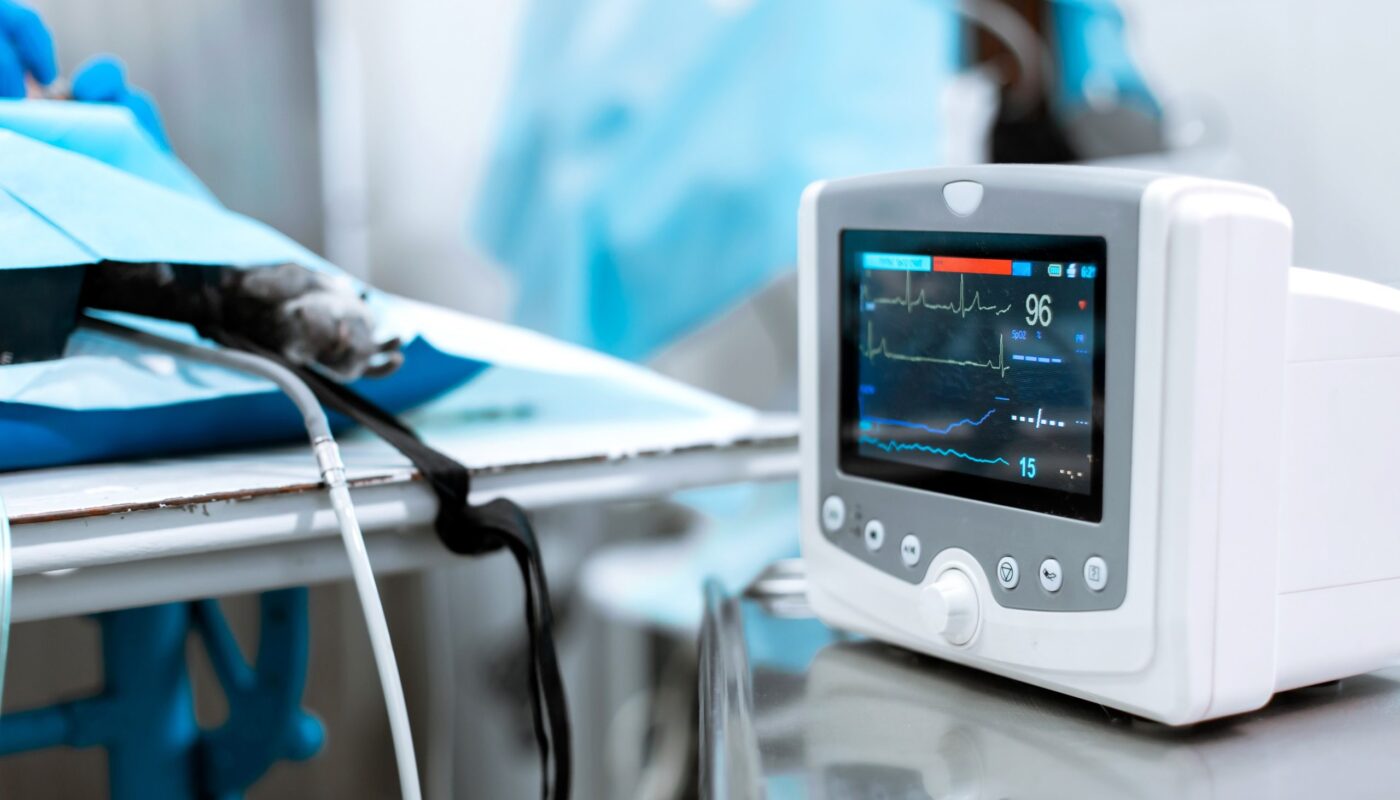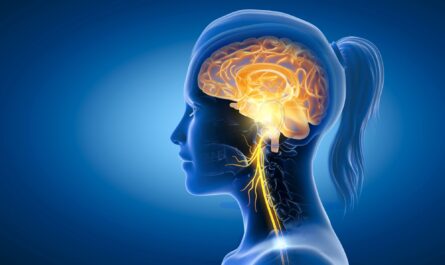Introduction
Cardiac arrhythmias refer to any abnormal heart rhythm or electrical activity of the heart. They can range from minor to life-threatening conditions. Advances in technology have led to the development of innovative cardiac arrhythmia monitoring devices that help doctors better diagnose and treat arrhythmias. These devices play a crucial role in improving cardiac care.
Types of Cardiac Arrhythmia Monitoring Devices
Holter Monitor
One of the most commonly used cardiac monitoring devices is the Holter monitor. It is a portable electrocardiogram (ECG) device that continuously records the heart’s electrical activity over 24 hours or more. The miniature Holter monitor is worn under clothes with electrodes attached to the chest to detect abnormal heart rhythms. The recorded data is later analyzed by physicians to check for arrhythmias, detect heart blocks or rate abnormalities. Holter monitors provide valuable information about irregular heartbeats that may occur infrequently or irregularly.
Implantable Loop Recorders
For some patients, arrhythmias may not be detected by short-term Holter monitors. In such cases, implantable loop recorders (ILR) are used. ILRs are small battery-operated devices that are surgically implanted just under the skin near the shoulder or chest. They continuously monitor the heart for arrhythmias and store the ECG data whenever activated by the patient experiencing symptoms or automatically when an arrhythmia is detected. ILRs can monitor the heart for up to three years, helping diagnose elusive arrhythmias.
Mobile Cardiac Outpatient Telemetry Systems
Mobile cardiac outpatient telemetry (MCOT) systems provide extended cardiac monitoring of up to 30 days using external wire leads and a small portable external recording and transmission device worn by patients. When abnormal heartbeats or symptoms occur, patients can activate the monitor to transmit real-time ECG data to caregivers for immediate analysis. MCOT systems allow detection of arrhythmias that Holter monitors may miss as well as facilitate timely treatments if needed.
Implantable Cardiac Monitors
For long-term continuous monitoring, implantable cardiac monitors (ICM) can be used. ICMs are similar to ILRs but have enhanced capabilities. They can detect and store arrhythmia data continuously for up to three years without needing patient activation. When a trigger event like an arrhythmia occurs, the ICM automatically transmits data to the physician via a remote monitor which alerts them. ICMs play a significant role in identifying occult arrhythmias that require treatment.
Benefits of Cardiac Monitoring Devices
Diagnosing Arrhythmias
Cardiac monitoring devices help diagnose arrhythmias more accurately. While occasional palpitations may not show up on short Holter tests, extended monitoring devices like ILRs and ICMs can detect even rare arrhythmias. This aids physicians in identifying the type and severity of the arrhythmia and selecting appropriate treatments.
Guiding Therapy
Once an arrhythmia is diagnosed, cardiac monitors help determine the best course of therapy. They can detect if the arrhythmia responds to medication or persists requiring further intervention like catheter ablation. ILRs and ICMs also monitor patients post-procedures to check for recurrence or complications.
Improving Patient Care
By providing continuous insight into patients’ heart condition remotely, cardiac monitors enhance quality of care. Physicians are alerted to any concerning arrhythmias in real-time via MCOT monitors or downloads from ILRs/ICMs. This allows timely therapies before complications occur. Devices have prevented strokes by detecting atrial fibrillation. They also guide therapy adjustment and reduce hospitalizations.
Benefiting High-Risk Patients
Cardiac monitors find greatest use in diagnosing hard-to-detect arrhythmias in patients with palpitations, dizziness or other risk factors like heart disease. They help identify causal arrhythmias in conditions like cryptogenic strokes. Implantable monitors can guide appropriate treatment in preventing recurrences. Early diagnosis improves outcomes in high-risk groups.
Contribution of New Technologies
Advancing technologies are making cardiac monitors more effective and accepted by patients. ILRs and ICMs are much smaller than older models. Smartphone-based MCOT systems and new remote monitoring platforms enhance convenience. Device algorithms have also improved to analyze telemetry remotely and detect arrhythmias with greater accuracy. Such innovations will help further increase adoption of long-term arrhythmia monitoring strategies.
Challenges and Future Scope
While Cardiac Monitoring Devices have significantly improved diagnosis and management of arrhythmias, certain challenges remain. Cost is still a limiting factor for their widespread adoption, although reimbursement is gradually increasing. Long-term use of implantables also raises concerns about device reliability, battery life, infections and migrations requiring replacements. However, ongoing research aims to address such issues.
More work is ongoing to develop completely subcutaneous systems that do not require lead systems. Advancements in sensor technology and artificial intelligence promise better wavelet-based arrhythmia detection algorithms. Future applications may include miniaturized implantables to monitor peripheral arteries for embolic risk prediction in atrial fibrillation. Wider availability of these economical, durable and intelligent technologies will help augment cardiovascular healthcare for populations globally in the years ahead.
Conclusion
Innovations in cardiac arrhythmia monitoring devices have revolutionized arrhythmia diagnosis, risk stratification and management. They provide long-term continuous insights into patients’ heart rhythms to aid early detection and appropriate treatment of potentially life-threatening arrhythmias. Such technologies substantially improve quality of care and reduce burdens on healthcare systems by facilitating timely, guided therapy interventions. With ongoing refinements, advanced cardiac monitors hold great promise to transforming cardiovascular care delivery.
*Note:
1. Source: Coherent Market Insights, Public sources, Desk research
2. We have leveraged AI tools to mine information and compile it




